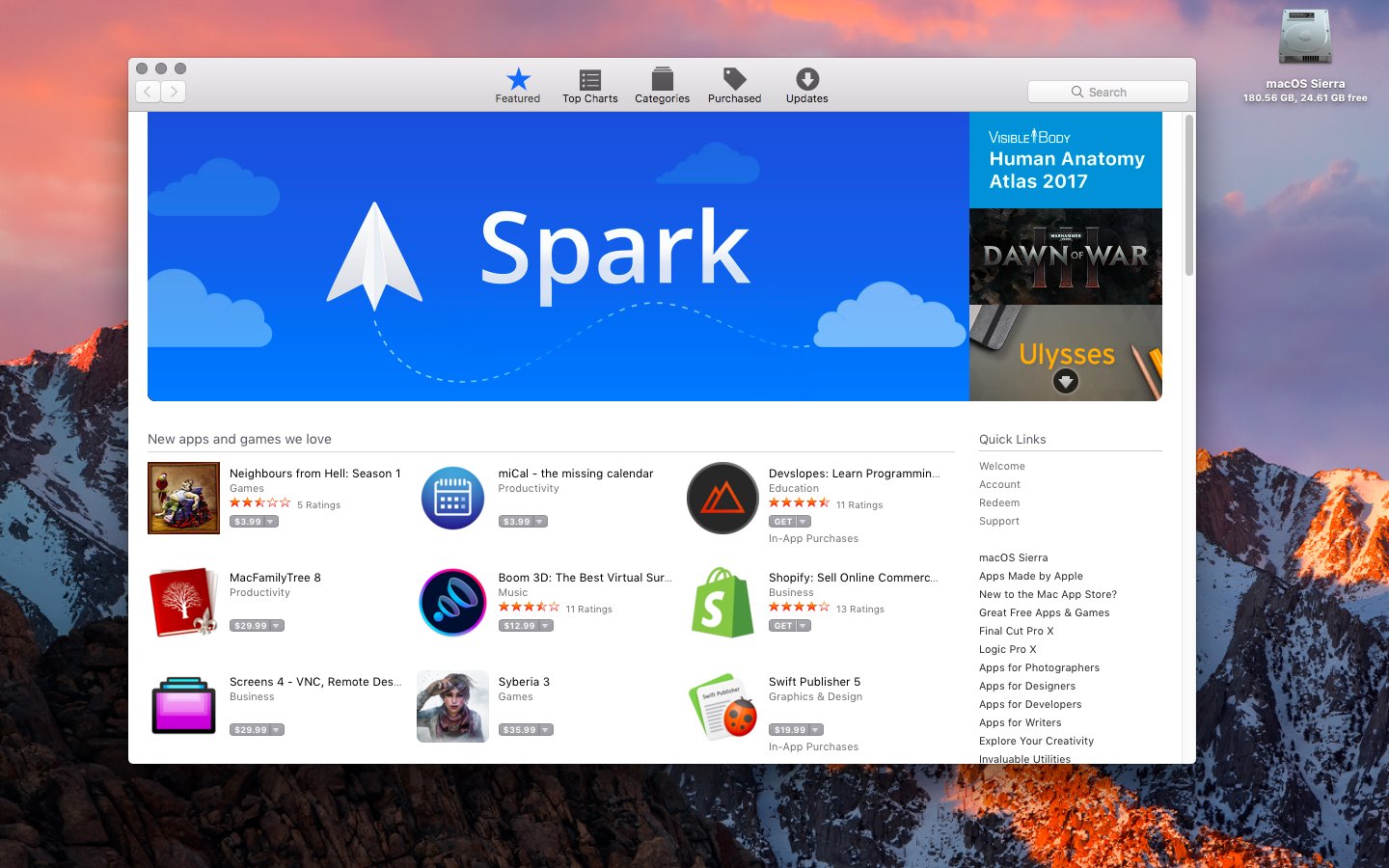
The Best Free Screenshot App For Mac
Advertisement When you want to take a screenshot on your Mac, you have both native and third-party tools to choose from. Let’s see how to make the best of those and explore some useful tricks along the way. Google sketchup mac crack.
Jan 30, 2012 - We take a lot of screenshots at Lifehacker, so a good screen capture tool. But seeing as Skitch is free it's a good app to have around even if.
How to Take Screenshots on Mac With Keyboard Shortcuts macOS has a few default keyboard shortcuts to help you capture the screen instantly. We’ll go through them one by one, as which one to use depends on what exactly you want to take a screenshot of. (Having trouble? Ensure that you haven’t disabled these shortcuts under System Preferences > Keyboard > Shortcuts > Screenshots.) Capture the Entire Screen For this, you need the shortcut Cmd + Shift + 3.
It takes a snapshot of the entire screen and saves it to the desktop as a PNG image. Want to copy the screenshot to the clipboard instead of saving it automatically? Add the Control key to the keyboard shortcut—hit Control + Cmd + Shift + 3. Capture a Part of the Screen. You’ll need to hit Cmd + Shift + 4 if you want to snap a specific portion of the screen.
This shortcut turns the cursor into a crosshair; you can then click and drag it across the part of the screen you want to capture. While making the selection, hold down the Shift key if you want to limit your adjustments to either the X or Y axis. If you’d like to resize your selection proportionally from the center, hold down the Option key. If you want to move the selection, hold down Space instead. (Changed your mind about taking the screenshot?
Hit the Escape key to cancel the action.) Once you’re satisfied with the selection, release the mouse. The screenshot then saves to the desktop as a PNG file. As above, if you want to copy the captured image to the clipboard instead of saving it, you’ll need to tweak the shortcut a bit. Modify the shortcut to Control + Cmd + Shift + 4 to copy. Capture an Application Window Want to take a screenshot of the active window?
Provides some LayoutManager to ease building. Sap download for mac.
First hit Cmd + Shift + 4. Then hit Space, and you’ll see the crosshair turn into a camera. The active window appears highlighted, and if you click the camera, you get a screenshot of the window. Before clicking, you can also choose to move the focus of the camera to a different window. If you want to take a timed screenshot, you’ll need to open your Mac’s built-in screenshot utility.
We’ll discuss it in the next section. Screenshot’s toolbar has three buttons that make screen capture quick and painless: Capture Entire Screen, Capture Selected Window, and Capture Selected Portion. (The app also has a couple of buttons for screen recording.) For timed selections, click on the Options button in the toolbar. You’ll find the timer options in the menu that shows up.
After you take a screenshot, you’ll see a tiny thumbnail of it at the bottom-right of the screen. It leads to a special window with tools for editing and annotating your screenshots. They let you add text, sketches, shapes, and even your signature to a screenshot. This Markup utility is one of. If you want to turn off the thumbnail feature, uncheck the Show Floating Thumbnail item in the Options menu from the screenshot toolbar.

Configuring Screenshot Settings on Mac You might want to, say, change the default screenshot format or change where screenshots get saved. In such cases, you’ll need to execute a command from the Terminal app. Let’s take a look at three of the most handy commands. We have appended each command with a second one that’s needed to cement the changes. It reads: killall SystemUIServer To Change the Default Screenshot Format You can save screenshots to other formats like JPG, BMP, and PDF. You’ll need to replace [file type] in the command below with the relevant three-letter format name. Defaults write com.apple.screencapture type [file type] && killall SystemUIServer To Change Where Screenshots Get Saved In macOS Mojave, you can change the default destination folder directly from the Screenshot app.
To do this, click on the Options button in the screenshot toolbar and select a folder of your choice under the Save To section of the consequent menu. On a non-Mojave Mac, you’ll have to rely on this Terminal command: defaults write com.apple.screencapture location [path] && killall SystemUIServer Replace [path] with the new Finder save location that reads something like this: /Users/[Username]/Pictures/Screenshots You can either type the pathname into Terminal, or drag and drop the relevant folder into Terminal to paste its pathname. Alternatively, you can also copy the pathname and then paste it into Terminal.